Perk Up with 6 Tasteful Malaysian Drinks
Lighten your mood and rejuvenate your senses with 6 must-try Malaysian drinks!
Discover the authentic in Asian cuisine food
-940x627.jpg)
What dishes come to mind when you think about cabbages? Is it a coleslaw, a salad or the shredded stuff with lettuce and the patty in your burger? If so, then it’s time you have a taste of Wombok, or the Napa Cabbage. Not a round-ball of crunchy leaves like regular cabbages, but a magnificent oblong-shaped beauty with lettuce-like green tips. It’s also one of the most versatile goodies you can savour in stir-fries, steamed dishes, soups, dumplings, and many more.
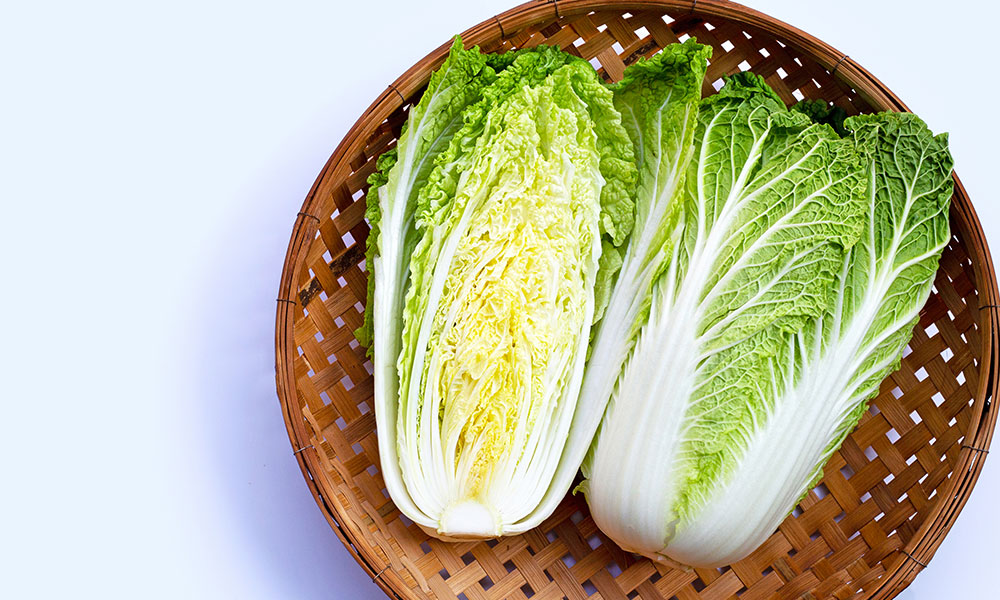
Wombok is actually an Australian derivative of its Cantonese name, Wong Ngaa Bak, which describes its colour: light yellow root-bulb and white-ribbed leaves. The more common Asian name is just ‘White Veggie’. As in, ‘Da Bai Chai’ in Chinese Mandarin, ‘Napa’ in Japanese, and ‘Baechu’ in Korean. The Bok Choy veggie is its close cousin; which name is also an English derivative of the Cantonese, Bak Choi.
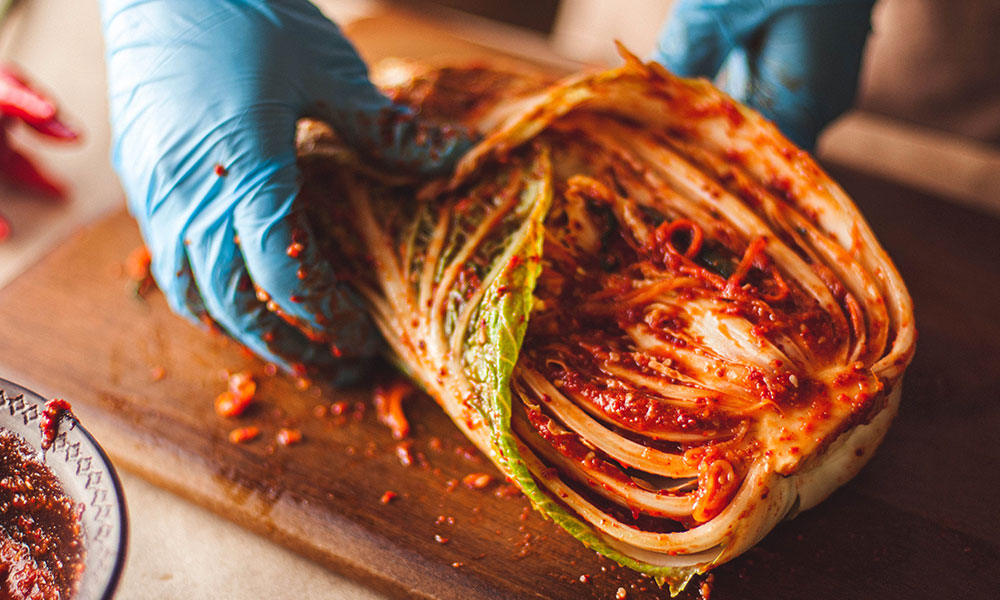
Native to China, cultivated since the 15th Century, and spread from Asia to the rest of the world since the 19th Century via the Chinese diaspora; the Wombok has long become a beloved vegetable among Asian food lovers. Enjoyed from households and street food, to diners and restaurants. For the Chinese, it’s a symbol of prosperity. For Koreans, it’s the veggie that makes Kimchi. For the Japanese, a must-have flavour-giver in steamy hot-pots and other delicacies.
Fun fact: there’s even a Taiwanese national treasure of a Qing Dynasty Jadeite stone that looks exactly like a Wombok!
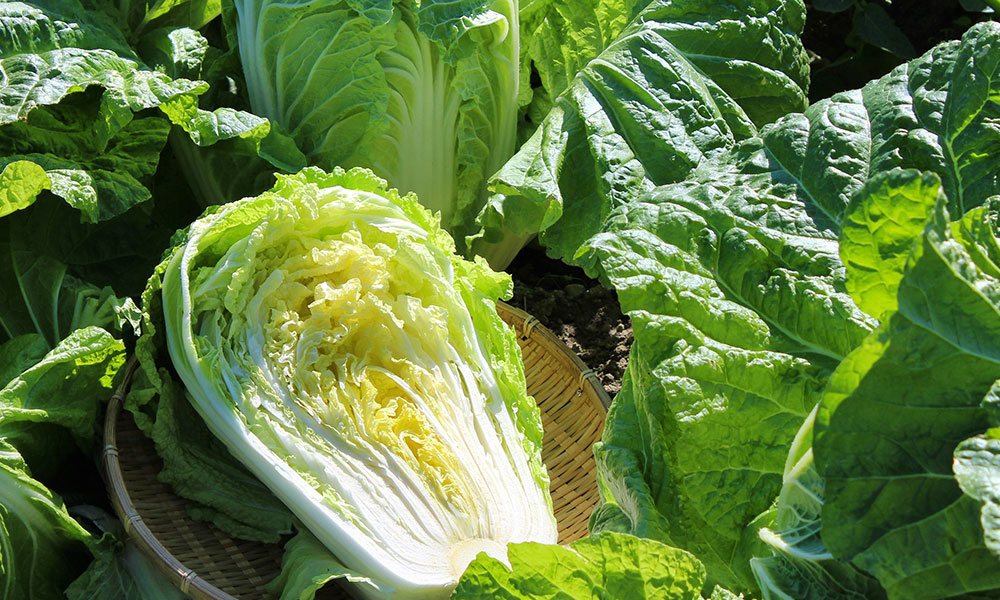
Australian farmers do produce Wombok, so you’ll definitely find it in supermarkets and Asian grocers. You can absolutely grow your own, too. The Wombok is a cool weather plant, and the temperate autumn in Australia is the best season for it. With the right soil, ample sunlight and care, it only takes 2 weeks for the cabbage to grow to its bulky oblong maturity, and ready for harvest.
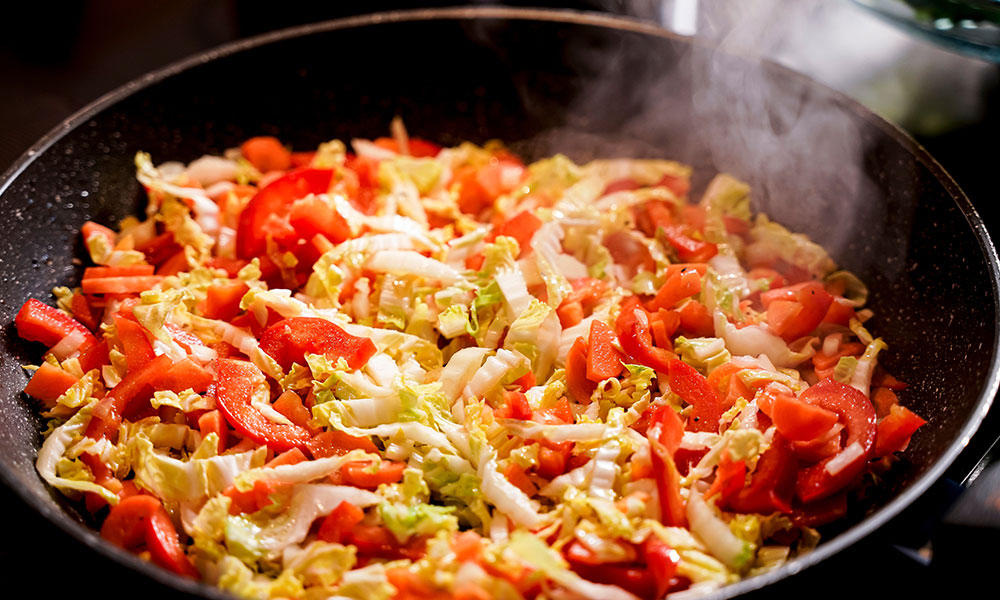
The Wombok’s fluffy green tips exude a subtle peppery taste, while the broad white ribs give a tender, juicy crunch and mild sweet flavour. The inner leaves are especially soft and succulent, as they are naturally protected from sunlight during growth. High in fibre, Vitamin C and K, as well as minerals and antioxidants.
When cooked, the Wombok soaks up your seasoning flavours, while retaining its taste and texture. Delish on its own, and a wondrous pairing for almost any kind of seafood or meat. It can also serve as a base flavour for soups, stews and hot-pots. You can also try swapping your regular cabbages for Wombok in salads, coleslaws, burgers and sandwiches for a yummier taste. The possibilities are near endless.
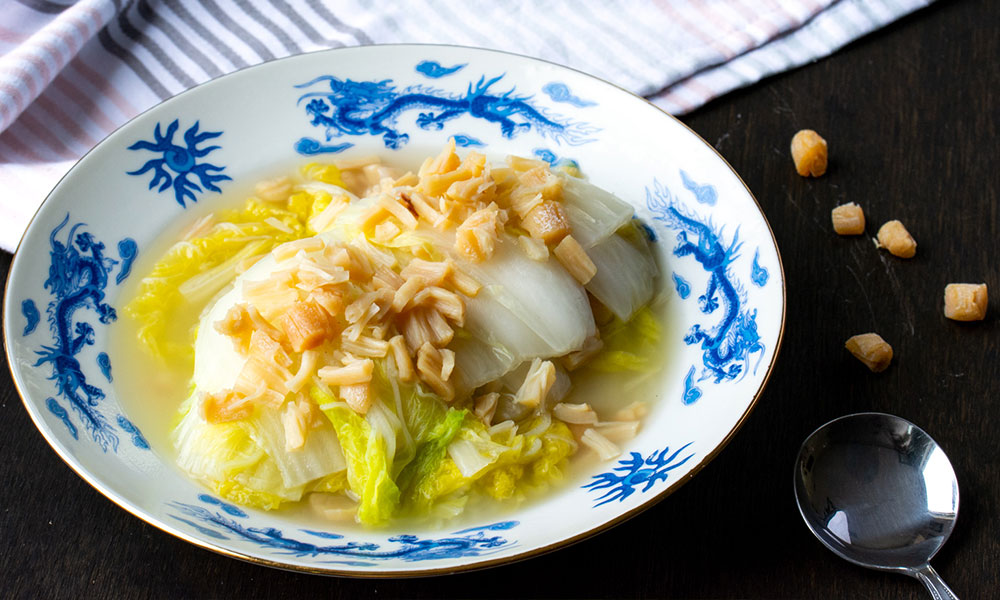
Come check out our collection of mouth-watering Asian recipes with Wombok!

Lighten your mood and rejuvenate your senses with 6 must-try Malaysian drinks!

Pair your hearty barbecues with these refreshing Asian delights!

What are the properties of ginger, and how to pick, store and use ginger in your cooking? Find out here!